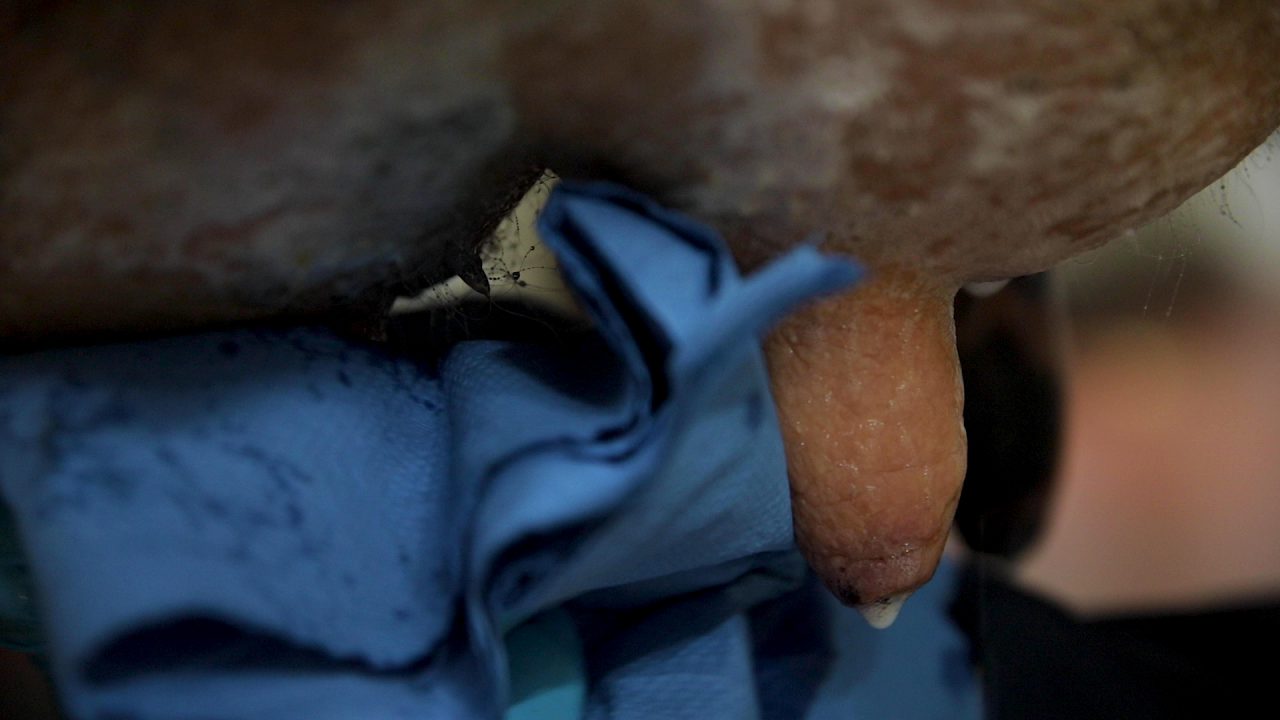The lactation for autumn-calving cows is approaching its conclusion, with the drying-off of cows due to start in the coming weeks.
Ahead of drying-off it is important to identify cows that are suitable for selective dry cow therapy (SDCT).
Drying-off
New regulations around the use of antibiotics at drying off mean that farmers now need to use SDCT on their farms.
Autumn-calving herds were the first herds that had to use SDCT, with some getting on quite well, while others struggled.
When picking cows for this it is important to consult a vet and milk quality advisor to determine what the threshold should be for your herd.
This threshold may vary greatly from farm to farm based on each individual farm’s situation and the quality of the milk supplied.
But it is important that farmers begin planning earlier and start identifying cows that are suitable along with cows that aren’t.
Some of the key points for SDCT are:
- Always discuss dry-cow treatment with your vet;
- Preparation is key: Allow sufficient time, have adequate labour and have all the equipment you need;
- Identify cows clearly before you start;
- Teat ends should be spotless;
- Do not massage teat sealer;
- Massage antibiotic up into quarter;
- Ensure dry cow environment is clean;
- Good records are essential.
Milk recording
Milk recording data, along with treatment information from throughout the year, should be used to determine which cows are suitable for SDCT.
Milk recording data alone should not be used, as it can hide certain cows that may not be suitable – such as mastitis cows that were treated just before recording took place.
A final milk recording should be completed close to the planned start of drying-off to ensure that cell counts in cows haven’t increased.
There is also the potential to use dry cow tubes in single teats, as one single quarter could be the cause of the high cell count.
But this should only be done if you have firstly consulted with your vet.
